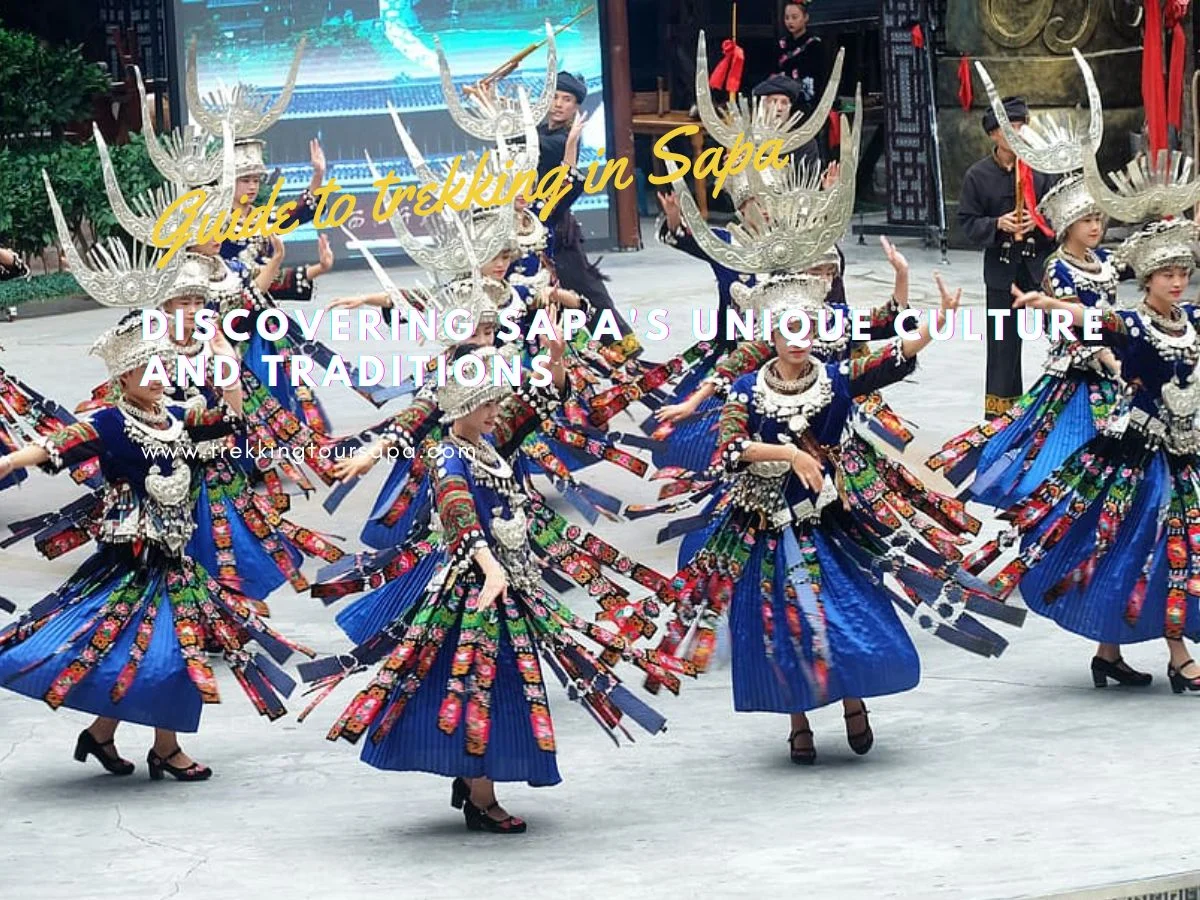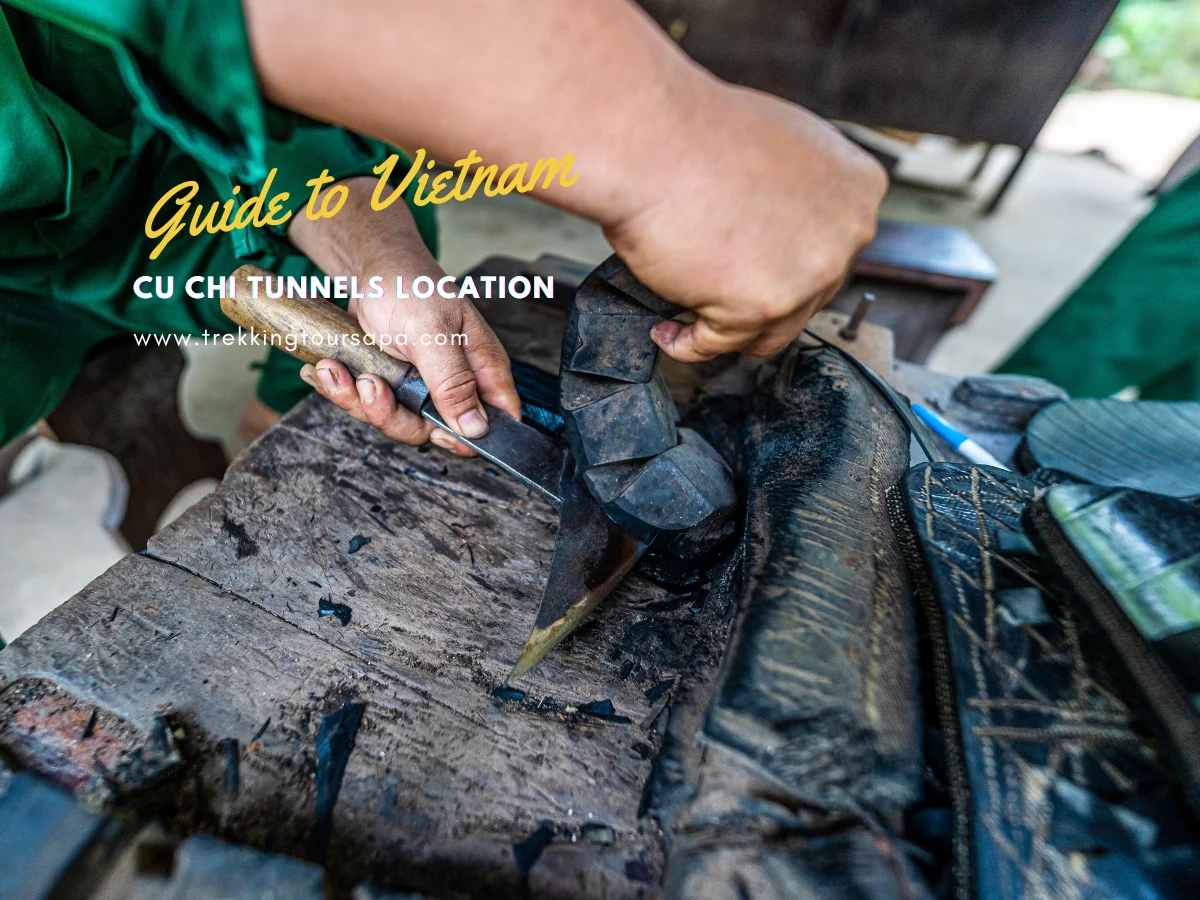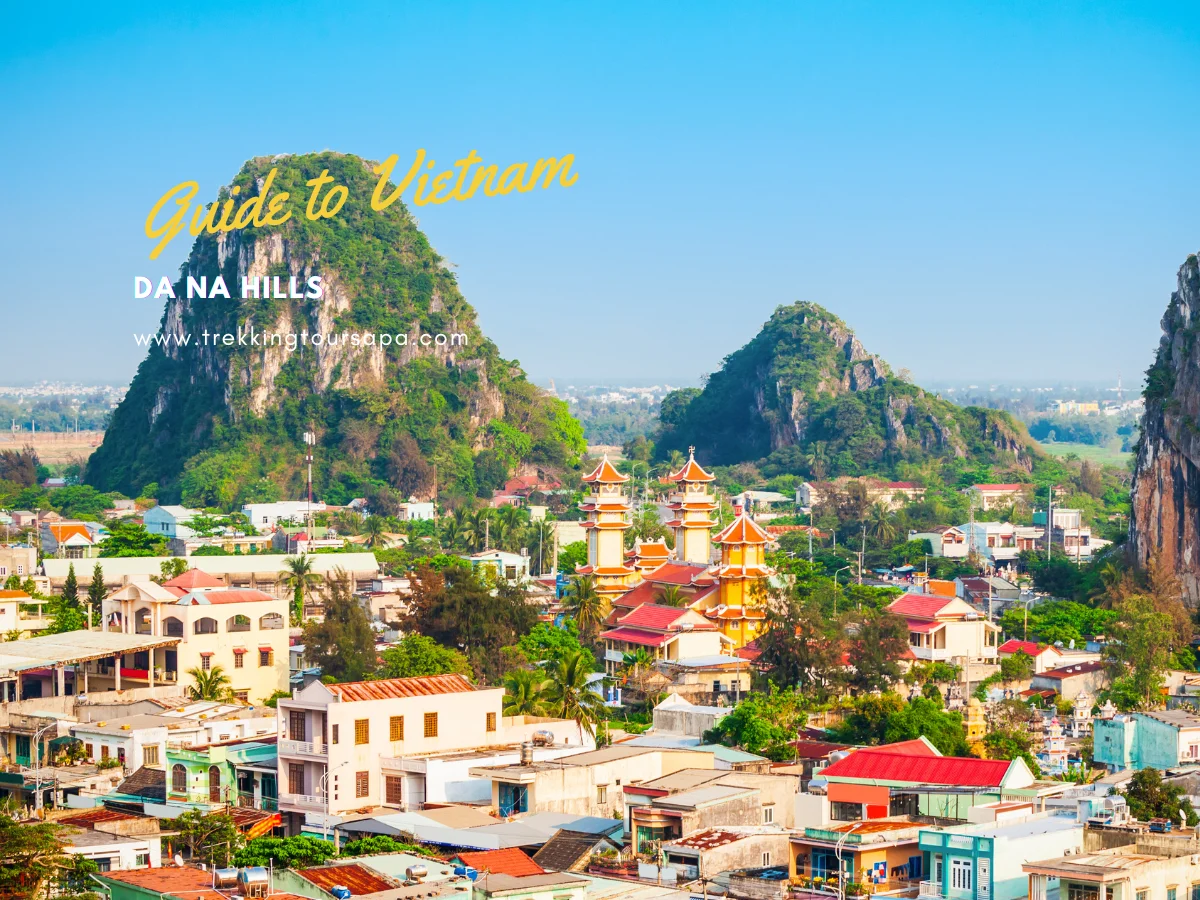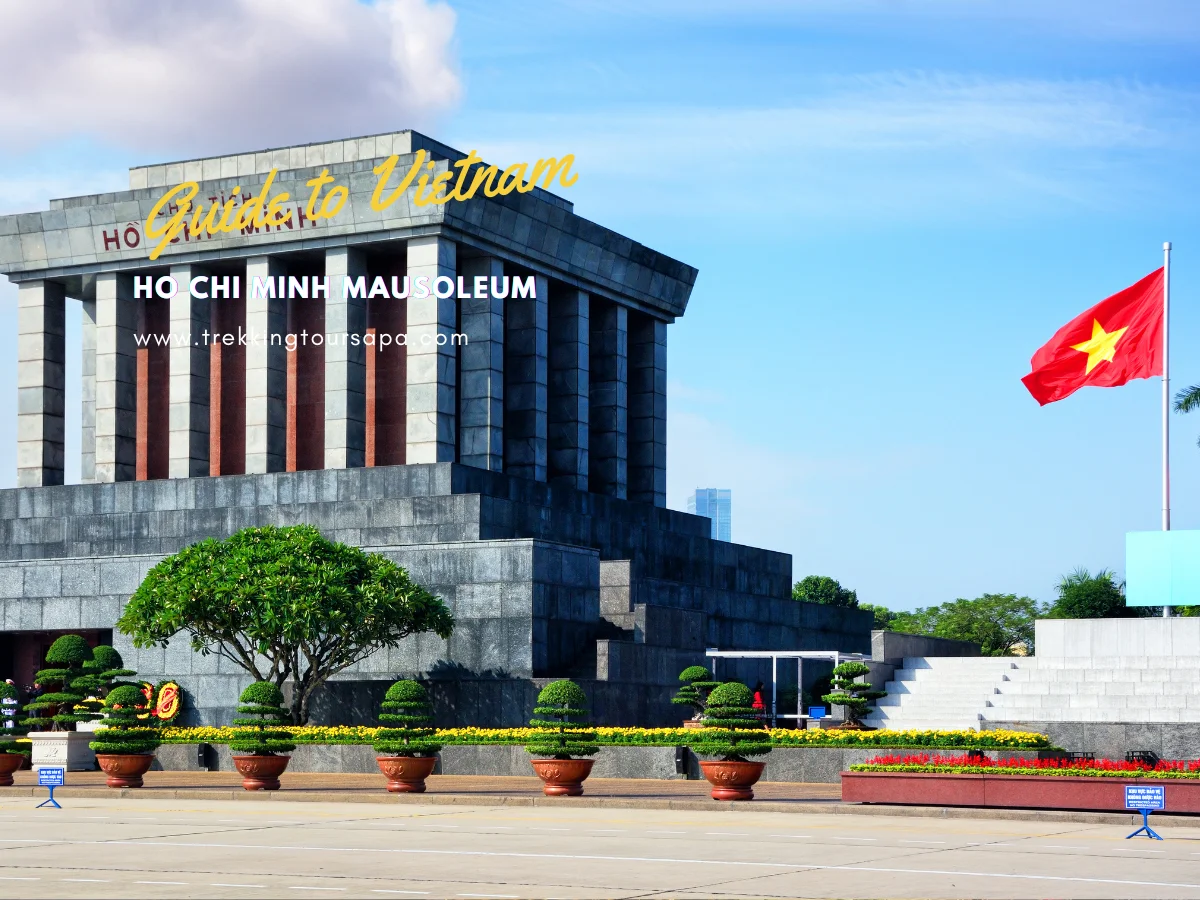Are you looking for a unique cultural experience that will take you beyond the beaten path? Look no further than Sapa, Vietnam. Nestled in the mountains near the Chinese border, this region is home to a diverse array of ethnic groups with their own languages, traditions, and ways of life.
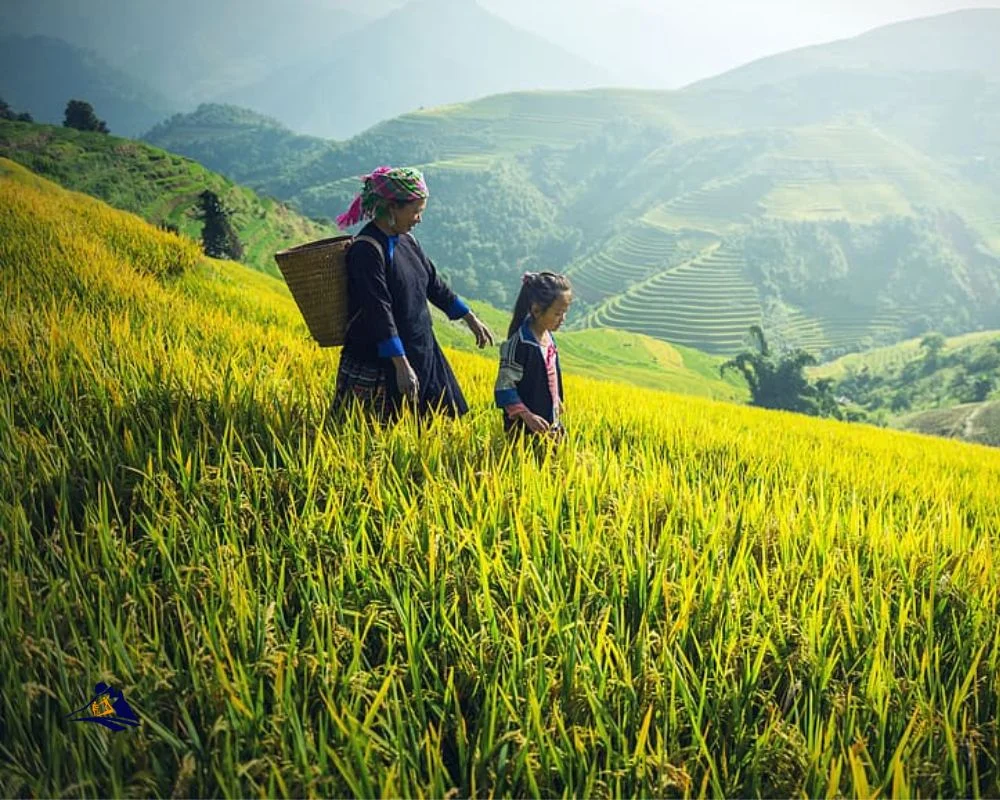
As you explore Sapa’s winding roads and terraced rice fields, you’ll encounter Hmong women adorned in vibrant traditional clothing selling handmade crafts at local markets. You’ll witness Dao spiritual practices centered around nature and ancestors. And if you’re feeling adventurous, you can even trek through the hills and stay with local families to gain a deeper understanding of daily life in Sapa. Join us as we delve into the rich culture and traditions of this fascinating region.
Table of Contents
ToggleOverview of Sapa’s Geography and Ethnic Diversity
In Sapa, you’ll find a breathtaking landscape with misty mountains and cascading rice terraces that are home to various ethnic groups with diverse customs and ways of life. The town is located in the Hoang Lien Son mountain range, which is part of the Himalayas. Its elevation ranges from 1,600 to 3,100 meters above sea level, making it one of the highest towns in Vietnam. This geography has led to unique agriculture practices, including terrace farming on steep slopes.

The ethnic diversity and history of Sapa are also fascinating. There are about seven different ethnic groups living in the area, each with their own distinct culture and traditions. The Hmong people were some of the first inhabitants of Sapa and still maintain many ancient customs such as traditional dress-making techniques using hemp fabric. Other groups include Dao, Tay, Giay, and Xa Pho who all contribute to Sapa’s rich cultural tapestry. Understanding this diversity can help visitors appreciate how these communities have adapted over time to live off the land in this challenging environment while preserving their heritage for future generations.
Cultural Significance of Rice Cultivation in Sapa
Who would have thought that something as simple as rice cultivation could hold so much cultural significance in Sapa? Rice, which is the staple food of Vietnam, has been an integral part of Sapa’s culture and tradition for centuries. The Hmong and Dao communities in Sapa practice unique cultural rituals and farming techniques that are closely associated with rice cultivation.
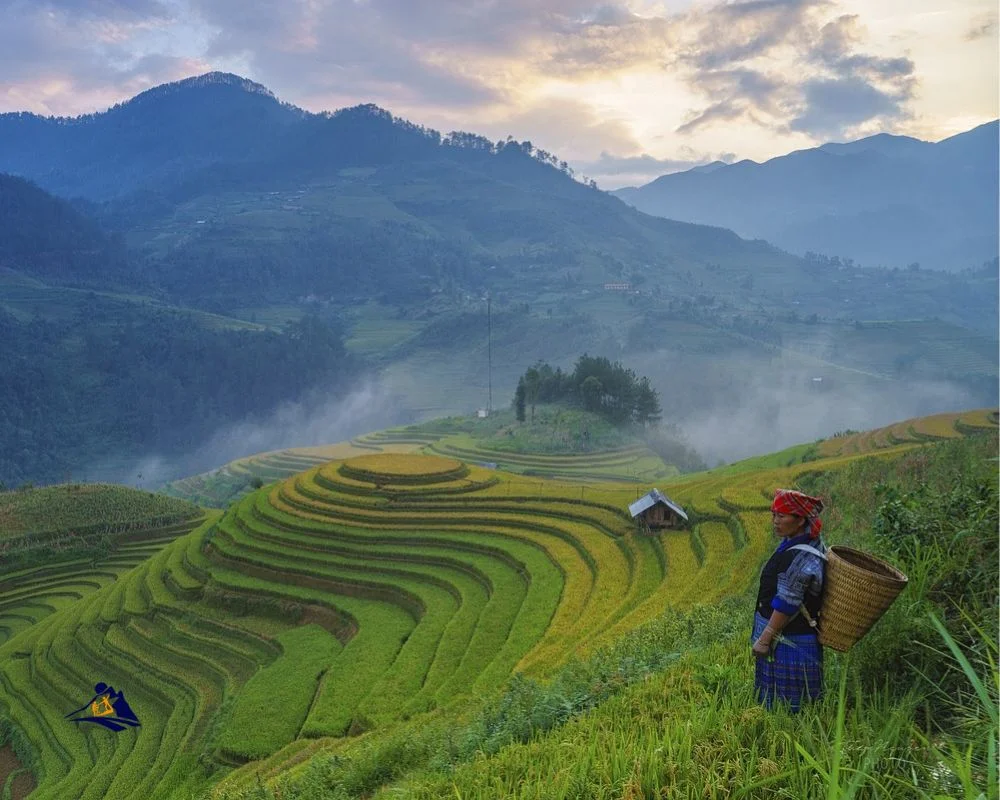
Here are some examples of how significant rice cultivation is to the people of Sapa:
- The Hmong and Dao communities believe that their ancestors came from the same rice grain. They perform a ritual called “Rice Mother” where they pray to the spirit of the Rice Mother for a bountiful harvest.
- During the planting season, families work together to prepare their fields, using traditional tools like wooden plows and water buffalo to till the soil. This sense of community is deeply embedded in their culture.
- Rice terraces are not just functional agricultural structures but also beautiful landscapes that reflect generations of hard work. They are often featured in local artwork, textiles, and music.
It’s fascinating how something as basic as growing rice can be such an important part of a community’s identity. In Sapa, you’ll have the opportunity to witness firsthand how these ancient traditions have been passed down through generations and continue to shape daily life in this region.
Traditional Clothing and Embroidery of the Hmong
Immersing yourself in the rich tapestry of Sapa’s Hmong community involves exploring their stunning traditional clothing and intricate embroidery. Hmong embroidery techniques are known for their intricate needlework, vibrant colors, and unique patterns. You’ll find that every piece of clothing is a work of art, with each design representing a story or symbol significant to Hmong culture.
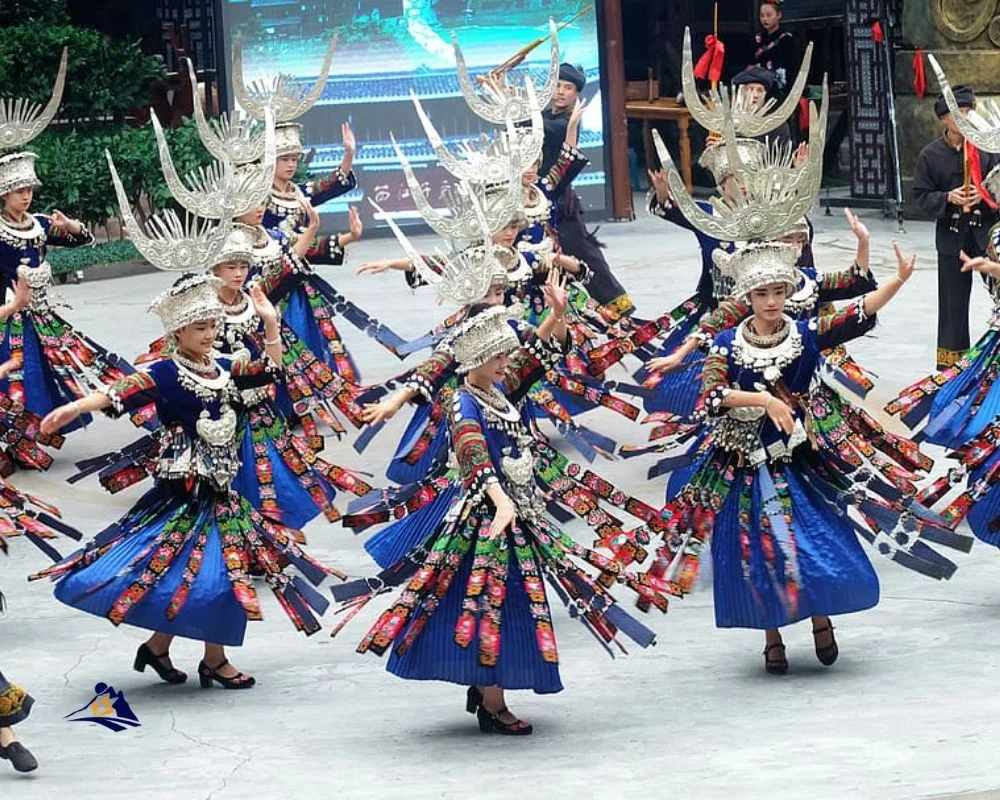
The traditional clothing designs also vary depending on the occasion, gender, and age group. The Hmong women wear skirts with colorful blouses adorned with handmade silver jewelry while men typically wear baggy pants paired with indigo jackets. The clothes’ colors also have meanings – blue represents the skies and spirits while green symbolizes nature and growth. These details make the Hmong traditional clothing more than just an outfit but a representation of their identity, history, and beliefs. Learning about these customs will undoubtedly enrich your experience in discovering Sapa’s unique culture and traditions.
The Dao’s Spiritual Beliefs and Practices
As you delve deeper into the spiritual beliefs and practices of the Dao, you will be transported to a world where nature is worshipped, and ancient traditions are upheld with reverence. The Dao community believes that everything in life has a spirit, including animals, plants, and even rocks. They believe in respecting these spirits and maintaining a harmonious relationship with them. Therefore, their spiritual practices revolve around nature-based rituals that aim to maintain this balance.
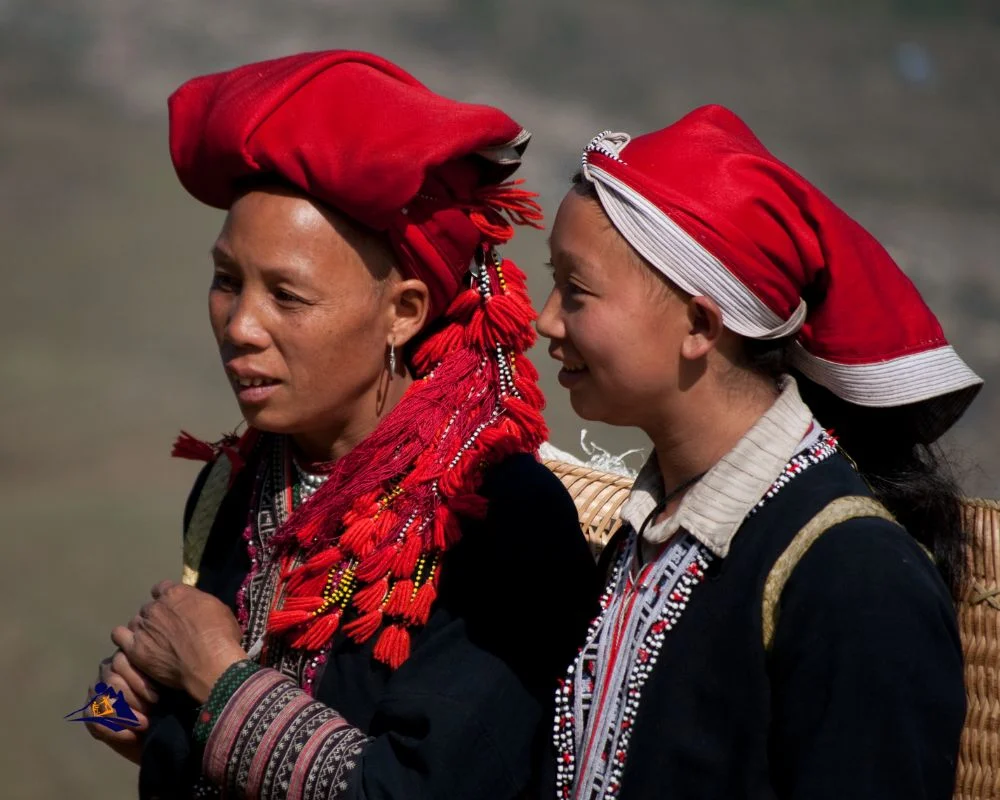
The traditional rituals of the Dao community involve offerings made to spirits through prayers and sacrifices. These offerings take place during festivals or significant times of the year such as planting or harvesting seasons. During these ceremonies, they also perform music and dance as part of their religious observances. The spirituality of the Dao people is deeply rooted in their history and culture; it shapes how they interact with one another, other cultures, and especially nature. Understanding their spiritual beliefs can give us insights into how they see themselves within broader society and how we can learn from them about living sustainably in harmony with our environment.
Experience the Vibrant Markets of Sapa
Experience the lively atmosphere of Sapa’s bustling markets, where you can find an array of colorful handicrafts, aromatic spices, and delicious street food. The night market experience in Sapa is a must-see for any traveler looking to immerse themselves in the local culture and traditions. You’ll be able to witness firsthand the vibrant energy that fills the streets as locals and tourists alike gather together to peruse through various stalls.
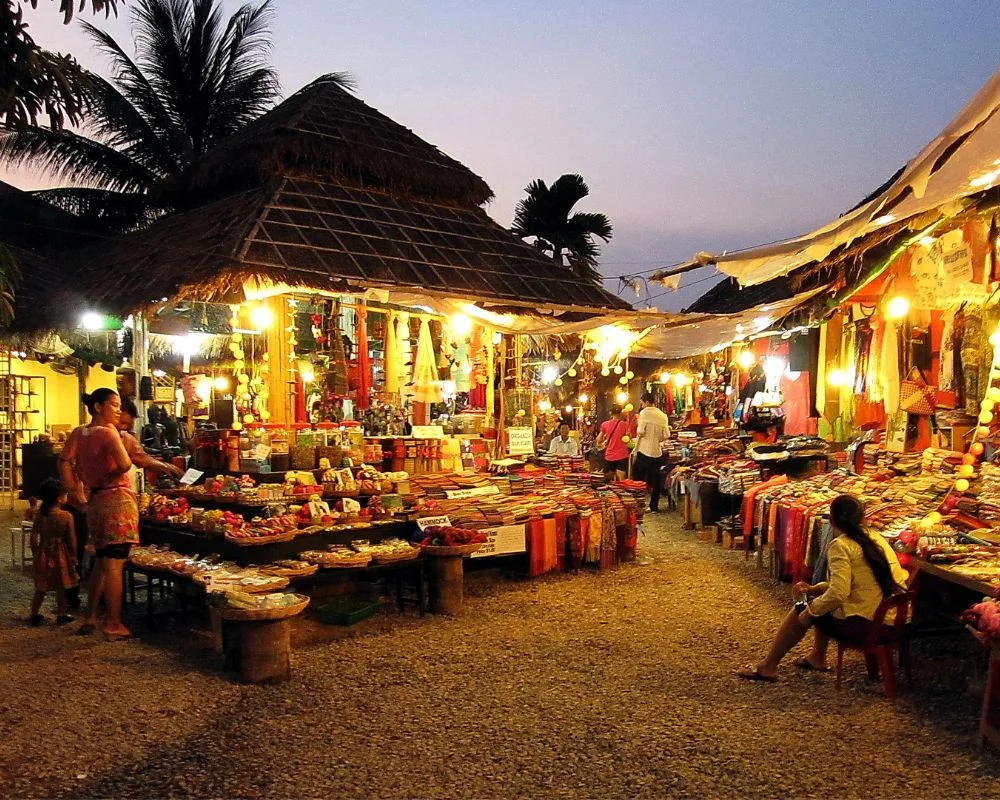
One of the highlights of visiting Sapa’s night markets is trying out the local food delicacies that are on offer. From steaming hot bowls of pho to savory grilled meats and vegetables on skewers, your taste buds will be treated to a range of flavors that are unique to this region. Don’t forget to try some of the sweet treats like sticky rice cakes or coconut milk desserts too! With so much variety available, it’s easy to get lost in all the sights, sounds, and smells of these vibrant markets. So come prepared with an open mind (and an empty stomach!) and get ready for a truly unforgettable experience.
Festivals and Celebrations in Sapa
When it comes to the Flower Hmong Festival in Sapa, you can expect a colorful and vibrant celebration where locals adorn themselves with intricate floral patterns. The festival is typically held in late spring or early summer and includes traditional dance performances, music, and food. Another important event in Sapa’s cultural calendar is the Love Market Festival, which takes place on Saturdays throughout the year and allows young people from different villages to meet and potentially find a partner.
Flower Hmong Festival
You’ll be swept away by the vibrant colors and lively energy of the Flower Hmong Festival, immersing yourself in a celebration of community, heritage, and joy. This festival is held annually in Sapa to honor the Flower Hmong traditions and heritage. The Flower Hmong people are known for their intricate embroidery work and bright clothing that is adorned with colorful flowers. During this festival, you’ll witness an explosion of colors as locals don their traditional outfits while dancing and singing to traditional music.
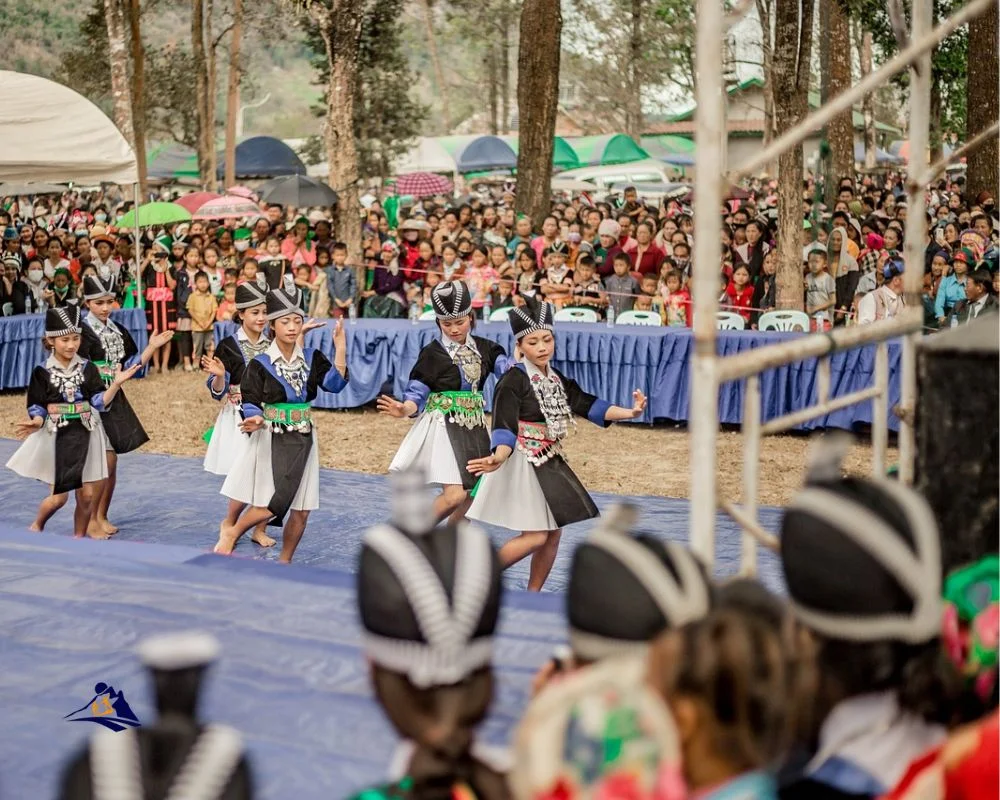
The Flower Hmong Festival is more than just a celebration; it’s an opportunity for cultural fusion during festivals. You’ll discover how different ethnic groups come together to showcase their unique cultures through food, art, dance performances, and parades. The festival also features a marketplace where you can purchase handmade crafts such as embroidered bags, clothing, silver jewelry, and other souvenirs. Don’t miss out on this once-in-a-lifetime experience that will leave you feeling connected to the people around you while celebrating cultural diversity!
Love Market Festival
Moving on from the Flower Hmong Festival, let’s talk about another unique tradition in Sapa – the Love Market Festival. This festival is held every Saturday evening in different villages around Sapa and has been a part of the local culture for centuries. The festival was originally a way for young people to find love and make connections with others from different villages. Today, while it still serves as a matchmaking event, it has also become more of a social gathering where locals and tourists alike can experience Sapa’s vibrant culture.
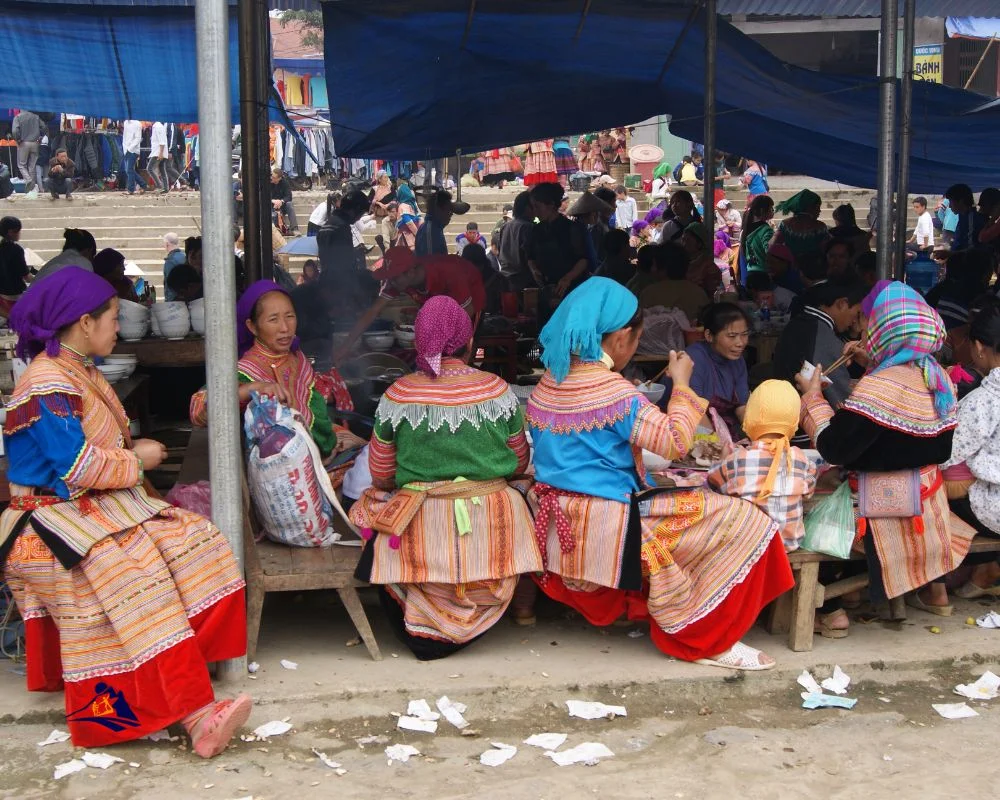
During the Love Market Festival, you’ll have the opportunity to see locals dressed up in their traditional clothing and witness cultural performances such as singing, dancing, and playing musical instruments. You can also shop for handmade crafts such as embroidered clothes or silver jewelry made by local artisans. While some may argue that modern interpretations of the festival may not be entirely authentic, it’s important to recognize that cultures are constantly evolving and adapting to changing times. Regardless of its evolution over time, the Love Market Festival remains an important part of Sapa’s unique cultural heritage that should be celebrated and preserved for future generations to appreciate.
Trekking and Homestays in Sapa
You’re in for a treat as you wander through the lush green mountains of Sapa, like a bee buzzing from flower to flower, and immerse yourself in the local customs during your homestay experience. This is an opportunity to get up close and personal with the ethnic minority groups who call this region home. But before you pack your bags and head out on your trekking adventure, it’s important to brush up on your homestay etiquette.
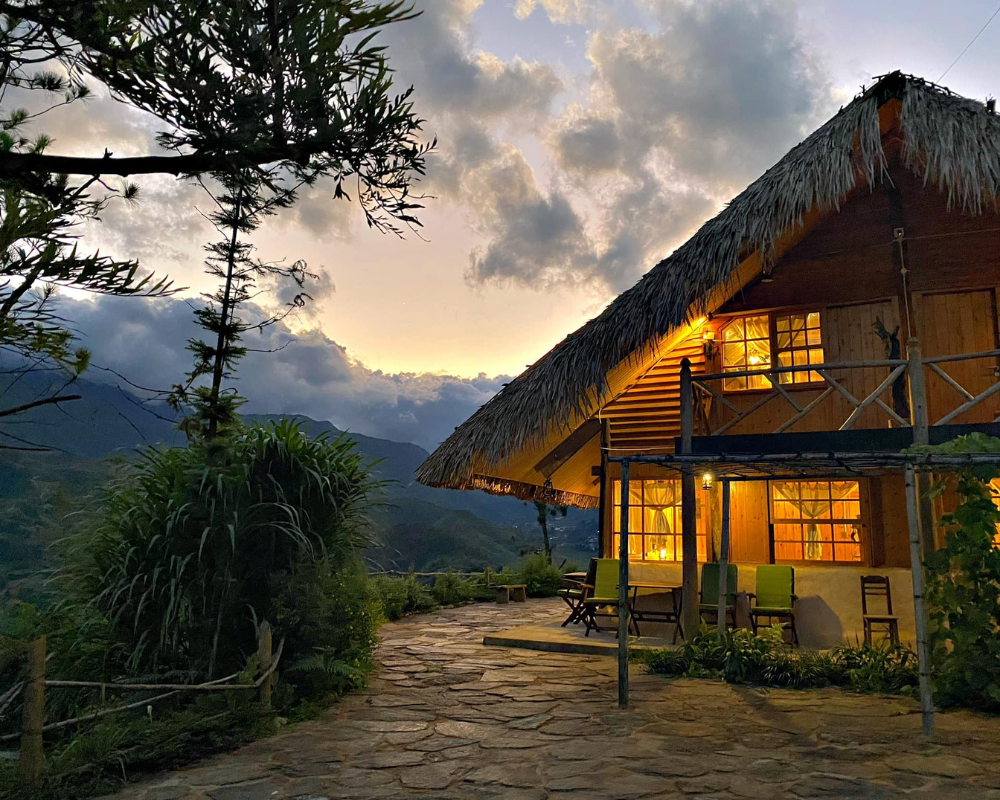
During your stay with a local family, it’s customary to be respectful of their culture and way of life. Take off your shoes before entering their home, and ask permission before taking photos or touching anything. Meals will likely be communal affairs, so be sure to try everything that’s offered – you might just discover a new favorite dish! Local cuisine exploration is one of the highlights of any trip to Sapa, with dishes like thang co (a soup made from horse meat), grilled buffalo meat, and sticky rice all worth trying. So embrace the experience fully as you trek through stunning scenery and gain insight into this unique corner of Vietnam!
Sustainable Development and Preservation of Sapa’s Culture and Environment
To fully appreciate the beauty and authenticity of your homestay experience in Sapa, it’s important to support sustainable development efforts and preserve the environment through responsible tourism practices. Promoting eco-tourism is one way to achieve this goal. Eco-tourism focuses on minimizing negative impacts on the environment while providing economic benefits for local communities. By choosing a homestay that promotes eco-tourism, you are contributing to the preservation of Sapa’s unique culture and environment.
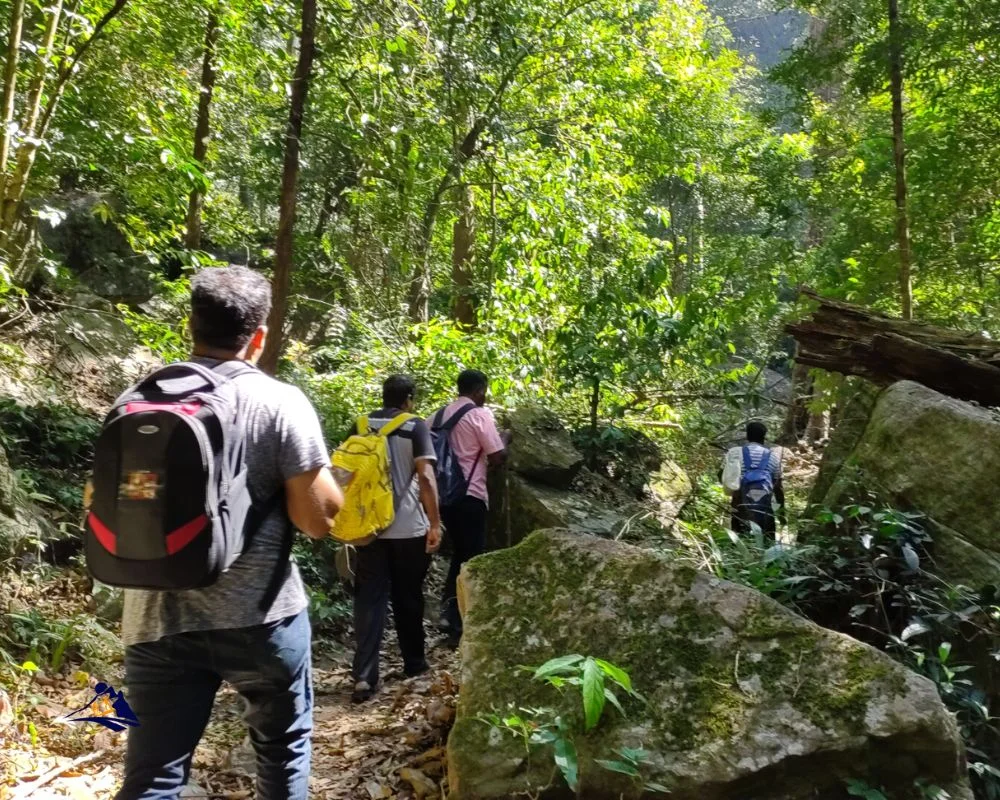
Another way to support sustainable development in Sapa is by getting involved with the local community. Many homestays offer opportunities for guests to participate in cultural activities such as traditional crafts, cooking classes, and farming practices. These activities not only provide an authentic experience but also create a platform for cultural exchange between visitors and locals. In addition, supporting locally owned businesses helps strengthen the economy and encourages self-sufficiency within the community.
To fully embrace Sapa’s unique culture and environment during your homestay experience, consider these additional tips:
- Respect local customs and traditions
- Reduce waste by bringing reusable items such as water bottles or shopping bags
- Conserve energy by turning off lights when leaving your room
- Use eco-friendly toiletries such as biodegradable soap or shampoo bars
- Support conservation efforts by visiting national parks or participating in reforestation projects.
By practicing responsible tourism habits during your stay in Sapa, you can help ensure that this beautiful destination remains preserved for future generations to enjoy.
Discovering Sapa’s Unique Culture And Traditions Frequently Asked Questions
What is the history of Sapa and how did it become a popular tourist destination?
If you’re curious about the history of Sapa and how it became a popular tourist destination, here’s what you need to know. Sapa has a long and complex history, having been inhabited by various ethnic groups for thousands of years. It wasn’t until the French colonial period in the late 19th and early 20th centuries that Sapa began to attract attention as a tourist destination. The French saw its natural beauty and cool climate as an ideal escape from the heat and humidity of Hanoi, and they built hotels and other infrastructure to accommodate visitors. After Vietnam gained independence in 1954, tourism development slowed down, but it picked up again in the 1990s with renewed interest from international travelers. Today, Sapa is one of Vietnam’s top tourist attractions thanks to its stunning mountain scenery, unique cultural heritage, and opportunities for adventure sports like trekking and mountain biking.
What are some lesser-known cultural traditions or practices unique to certain ethnic groups in Sapa?
If you’re interested in exploring the lesser-known cultural traditions and practices of Sapa’s ethnic groups, you’ll want to check out their many cultural festivals. These events offer a unique chance to witness traditional dances, music, costumes, and foods that have been passed down for generations. In addition to these festivals, you can also learn about traditional handicrafts like weaving and embroidery. Local artisans are happy to show off their skills and teach visitors how these beautiful works of art are made. Whether you’re interested in textiles or food culture, there’s something fascinating waiting for you in Sapa’s hidden cultural treasures.
How has modernization and tourism affected the traditional way of life for the ethnic groups in Sapa?
Modernization and tourism have had a significant impact on the traditional way of life for ethnic groups in Sapa. Globalization has brought about an influx of tourists seeking authentic cultural experiences, which has led to commercialization and commodification of traditions. However, community-led conservation efforts have emerged as a response to this trend to preserve local customs and protect the environment. The Hmong people, for instance, have established homestays where visitors can interact with their daily lives while preserving their cultural heritage. Additionally, some communities are turning towards sustainable tourism practices such as eco-tourism and responsible travel to maintain their traditional way of life. While modernization and tourism pose challenges for maintaining cultural practices, community-led conservation efforts provide hope for sustaining the unique traditions of ethnic groups in Sapa.
What are some common misconceptions about Sapa’s culture and traditions?
When it comes to Sapa’s culture and traditions, there are a few common misconceptions that people tend to have. For example, many assume that all of the ethnic groups in Sapa practice the same cultural practices when in reality each group has their own unique customs. Additionally, some may believe that these traditional practices are outdated or primitive, but they actually hold great value and significance for the local communities. It’s important to approach Sapa’s culture with an open mind and take the time to learn about each group’s specific traditions in order to fully appreciate their way of life
What steps are being taken to ensure the preservation and sustainability of Sapa’s culture and environment in the face of increasing tourism?
Community involvement is key to ensuring the preservation and sustainability of Sapa’s culture and environment in the face of increasing tourism. It’s estimated that over 500,000 tourists visit Sapa each year, putting immense pressure on the local community and natural resources. However, efforts are being made by both locals and government officials to promote sustainable tourism practices. For instance, community-based tourism initiatives have been launched where visitors can stay with local families and participate in traditional activities such as rice planting or weaving. Additionally, regulations have been put in place to limit the number of visitors to certain areas and prevent damage to natural habitats. By involving the community in these efforts, there is a greater chance for long-term success in preserving Sapa’s rich cultural heritage and beautiful environment for future generations.
Conclusion
You’ve learned so much about Sapa’s unique culture and traditions. As you reflect on your experiences, you can’t help but feel a sense of wonder and awe at the beauty of this region. From the stunning landscape to the vibrant markets, Sapa is truly a special place.
But there’s still so much more to discover. You can’t wait to come back and explore even further – maybe even go on a longer trek or stay with a local family for an extended period of time. And as you do, remember to be mindful of sustainable development and preservation efforts in the area, ensuring that future generations can continue to enjoy all that Sapa has to offer.
